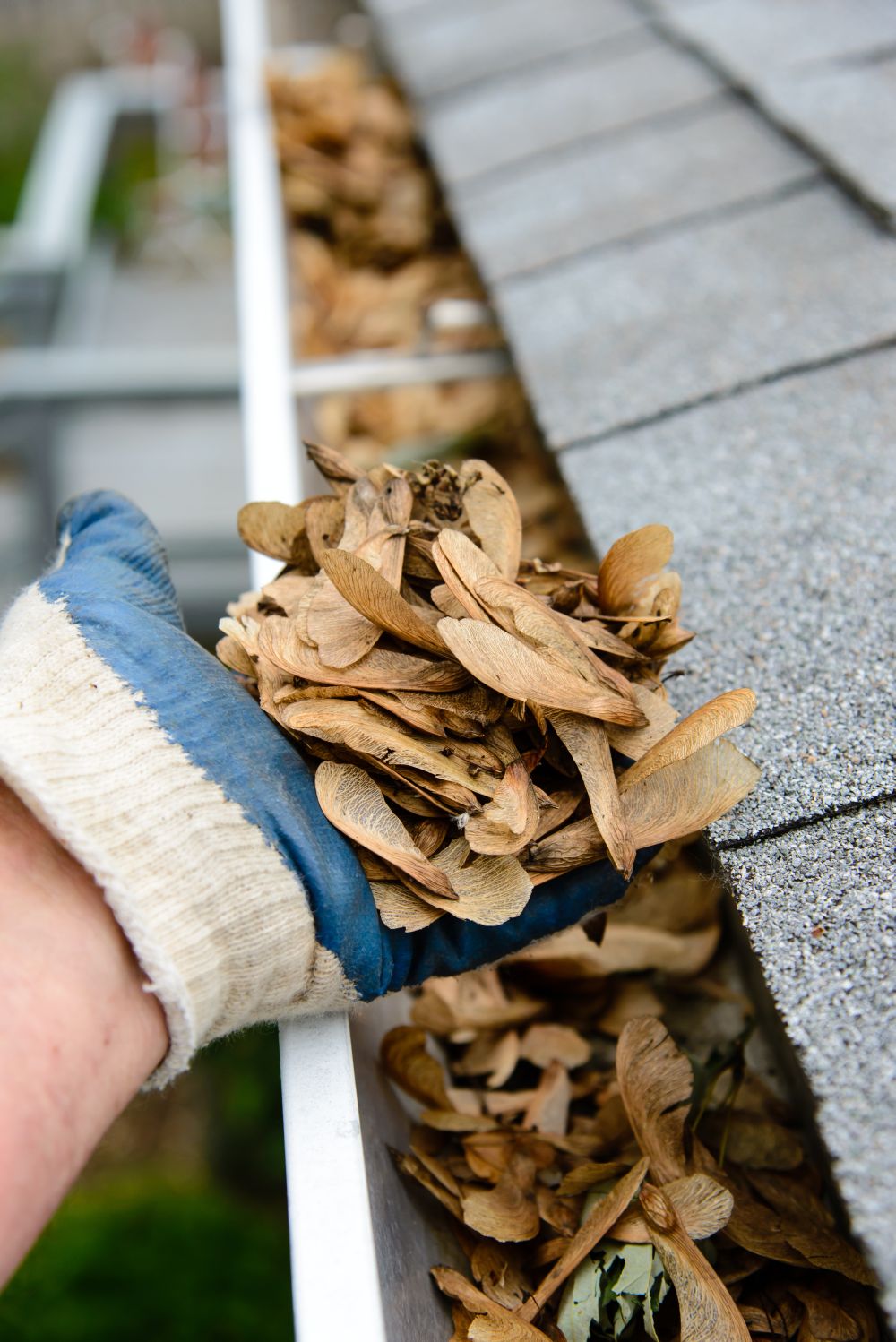Rainproofing checklist for homeowners
A valuable resource for property owners
Rainproofing Checklist for homeowners
- Grab an umbrella and go outside during a heavy rain to see how and where the water flows from the eaves, downspouts and paved surfaces.
- Make sure the ground around the foundation slopes away. Re-grade all areas (paved or landscaped) to ensure water flows away.
- Clean eavestroughs in the fall after leaves have fallen and again in June after seeds and flowers have dropped.
- Consider a permeable option when driveways, parking lots or other paved areas need resurfacing.
- Redirect downspouts and rain barrel overflows onto a permeable surface (lawn, garden or infiltration feature) at least 2.4m (8’) away and down slope from the foundation.
- Clear storm drains on your street regularly, especially before heavy storms and during spring melt.
- Schedule an inspection by a licensed plumber to determine if you have sewer backflow prevention – if not, have it installed. At the same time ask the plumber to use a CCTV camera to check sewer laterals for blockage from tree roots and/or fats and other solids that go down the drain.
- When renovating basement areas, choose flooring and wall finish options that are not absorbent, like ceramic tiles (avoid carpet, drywall and paperboard), and use area rugs that can be removed for drying and cleaning.
- Choose basement furniture that is elevated on legs to avoid absorbing water during flooding or infiltration.
- Keep all stored goods and electrical devices elevated on shelves off the basement floor.
If you have redirected downspouts and improved grading and are still experiencing infiltration, have a sump hole and pump installed to drain water from foundation weeping tile. Maintain it regularly and replace when necessary. During rain events check periodically that the sump pump is operating properly (when you are away, arrange for a friend or neighbor to do this for you). If you are at high risk of infiltration, do not finish your basement for living. Remove absorbent items (furniture, carpet, boxes) to a dry location upstairs. High risk factors for your home or building include:
- Paved areas that slope towards the foundation that can not immediately be fixed
- The lowest building on the street
- Built on a floodplain or an area with a high water table
- A masonry or fieldstone foundation
Clear Stormdrains
Remove debris from stormdrains to ensure water can enter

Clean Eaves
Remove debris from roof drains and eaves to ensure water can pass through

Checklist for commercial and institutional properties
Learn how you can manage water safely and effectively to protect your property and your personnel.
read more
read more




